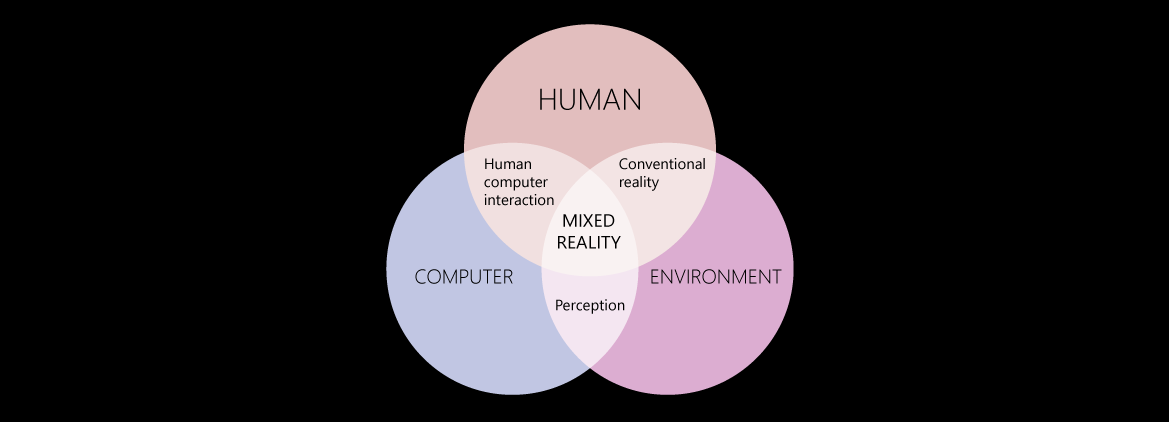Extended Reality
Extended Reality is an umbrella term, describing immersive technologies including Augmented Reality (AR), Virtual Reality (VR), and Mixed Reality (MR). It gives users an immersive, interactive experience blending the real world with the digital environment. This technology has been around for a long time, but it’s increased in popularity due to recent advancements in its hardware and software. As XR technology advances, it can make its way into entertainment, education, healthcare, retail, etc. by increasing realism through “higher resolution display, more expansive fields of view, and advanced sensors and cameras.” We can expect XR technology in our lives, as it advances.
click hereVirtual Reality
The definition of Virtual Reality is near reality. We learn about this near reality through our 5 senses we learn in school, but there are more. These senses ensure we have a constant flow of information about the environment in our brains. Everything that we know about reality, comes from sensory input and our brain-sensory mechanism. VR gives your brain a version of reality that isn’t really there, but in your perception seems natural. The computer gives you a whole new virtual environment that you can explore.
click hereAugmented Reality
Augmented Reality is a technology that allows you to put digital images onto the physical environment. It enhances people's understanding of features of the physical world and makes smart accessible insight that can be applied to real-world situations. AR can make highly detailed images of the human body, making it a perfect tool for medical professionals. An example of AR in a game would be Pokemon GO, where you search real-life areas to find animated Pokemon across your screen.
click hereMixed Reality
Mixed Reality blends both the physical world and the artificially created world allowing you to interact with the artificial environment in 3 stages. “Computer processing powered by the cloud, Advanced input methods, and environmental perceptions.” We move in the physical world, mapped in a digital world. It uses various tools to bring the experience to life. An example of a Mixed reality technology is HoloLens Holograms. This allows objects made of sound and light to appear as real objects in front of you.
click here


